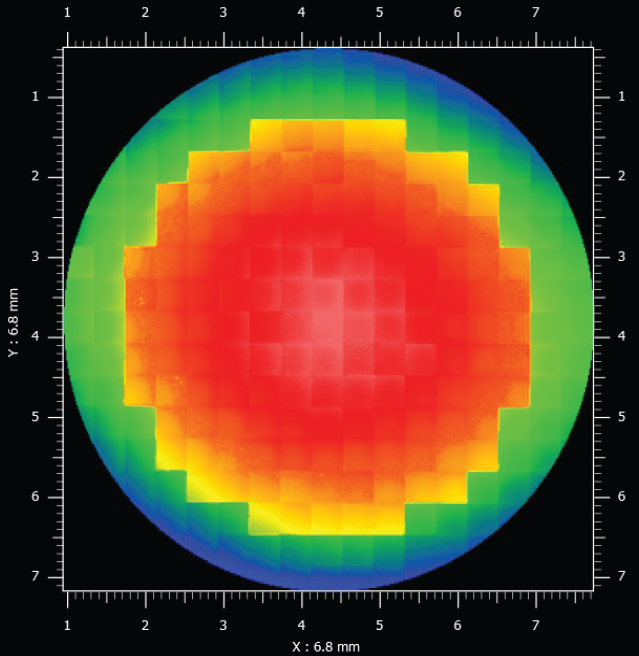
Adaptive Optics
Originally introduced in the 1950s as a classified concept for improving astronomical imaging by correcting for atmospheric aberrations, it took nearly two decades for adaptive optics technology to catch up with theory and for starlight to hit the first adaptive optics system. Today, major telescopes around the world are equipped with this imaging technology.
While these adaptive optics-enabled telescopes were being developed, recent technological advances in CCD (charge-coupled device) cameras, frame grabbers, and MEMS (micro-electro-mechanical systems) deformable mirrors have inspired innovative researchers to solve wavefront distortion problems in fields such as microscopy, retinal imaging, and laser communication. Now, with proven applications and mature, affordable components, adaptive optics enjoys widespread use in a myriad of optical fields.
A major strength of adaptive optics is its application versatility. Many of the world’s major telescopes such as the European Southern Observatory in Chile and the Keck Observatory in Hawaii rely on adaptive optics to remove wavefront distortion caused by atmospheric turbulence in order to provide clear images of stars and extra-solar planets. Biological researchers have integrated adaptive optics into microscopes to correct wavefront aberrations introduced by tissue and thus extracting vital information from biological specimens. Vision science researchers are using adaptive optics in their efforts to detect eye disease before its onset and begin earlier treatment. Finally, laser applications such as laser beam shaping for free space communication and laser machining have been successfully demonstrated with adaptive optics.
Fundamentals of Adaptive Optics
Wavefront Sensing
Wavefront Correction
Control Algorithms
MEMS Deformable Mirrors 101
Click below to find out all of the conventions, definitions and elaborations regarding MEMS Deformable Mirrors.


Surface Layout
Is your deformable mirror continuous? Segmented? Hex-segmented? Learn about all of the options available.
Read more >
Aperture
How big is your mirror? How should the surface of the mirror be used for maximum precision and control.
Read more >
Precision
How precisely can you position your mirror? How repeatable is it? Click here to learn more.
Read more >
Speed
How fast are MEMS Deformable Mirrors? What are the tradeoffs? Click to learn more.
Read more >
Influence (Inter-Actuator Coupling)
Want to know the REAL stroke of your mirror? Click here to find out more about the best way to utilize the motion of your actuators.
Read more >Boston Micromachines is happy to supply our partners and clients in finding the Adaptive Optics solution that meets their needs. For more information on our Adaptive Optics Optics solutions and how to order, contact BMC today.




